The 1970s in pictures: The sort of passion you get arrested for
The 1970s were dramatically changing times. These pictures summarise these seismic shifts and show the way The Australian’s photographers bore witness to history.

The Australian is turning 60 and we invite you to celebrate with us. Our first special series to mark the event is: Six Decades in Six Weeks, counting down to the 60th birthday of the masthead on July 15. Every day for the coming weeks we will bring you a selection of The Australian’s journalism of the past 60 years, from news stories to features, pictures, commentary and cartoons. Today we look through the lens of photography. See the full series here.
I was two years old at the start of the 1970s. Yet when I look at the pictures in this collection I feel like I remember the events as if I was a reader of The Australian at the time. So many of these pictures resonate and remind us of the period. How fortunate we are that press photographers thrust themselves into the fray to bear witness to history unfolding. As a collective of witnesses, as a community, we laugh, we cry, we feel shame, we feel triumph, we feel outrage. These feelings unite a people.
These were dramatically changing times. These pictures summarise these seismic shifts – the sorts of change that some passionate Australians were prepared to be arrested for.
Once again, photographic technology was advancing rapidly. Electronic lighting was becoming more powerful and portable. No longer were strongarmed police arrests left invisible – with a flash of light and an assertive photographer’s attention a gay rights protester is dragged away.
Lens power was bringing on-field action closer. Shutter curtains were reacting in microseconds. Film sensitivity was defying logic. Capturing sporting moments frozen in time like Alex Jesaulenko’s “mark of the century” guaranteed that millions of footy fans could feel as though they were at the MCG that day.
My favourite picture in this spread is Bruce Howard’s captured moment from Darwin after Cyclone Tracy in 1974. Sometimes it takes a photograph to illustrate the incongruity that life throws
at us. This vision of a sole figure strolling towards life turned upside down – literally.
This man is the only normal element in this composition – dressed well, calmly lugging his holiday luggage back home. However, that home has been transformed by nature’s fury. This landscape is unrecognisable in every way possible.
You can’t see the subject’s face but his purposeful posture and stride towards what was once home leaves one feeling there is Aussie resilience and a determination to rebuild home, and Darwin.
June 1978
Police arrest a protester at a gay rights demonstration at Kings Cross on June 25. It was the beginning of the gay Mardi Gras, now a Sydney institution. Picture: John Sefton

October 1970
Carlton’s Alex Jesaulenko takes “the mark of the century” during the much-heralded 1970 VFL grand final in which the Blues defeat Collingwood by 10 points in front of a never-beaten crowd of 121,696 at the MCG.
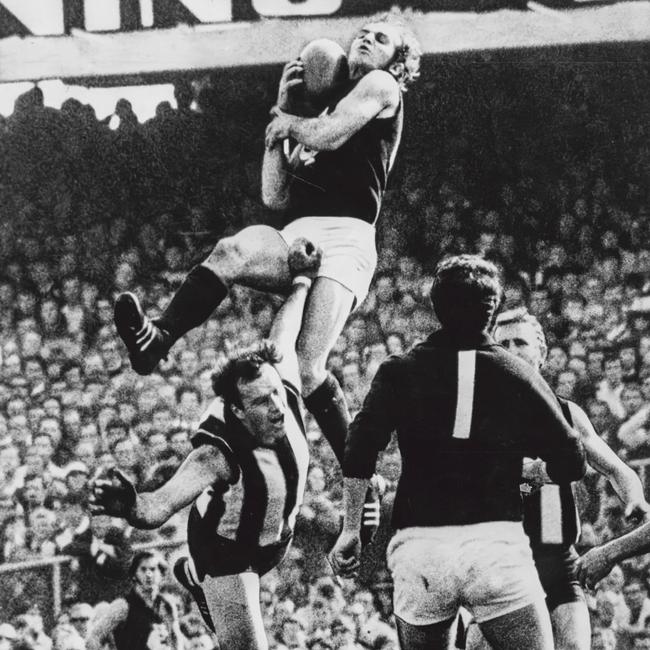
October 1973
A beaming Queen Elizabeth II at the official opening of the Sydney Opera House, with crowds cramming every vantage point. The opening kicked off two weeks of celebrations. Picture: Milton Wordley

April 1974
Actor Paul Hogan finds Jackson Pollock’s controversial painting Blue Poles “on the nose”. The painting, bought for $1.3m in 1973, is now thought to be worth more than $500m. Picture: John Hawryluk

January 1972
Sex symbol and star of TV soapie Number 96, Abigail Rogan was known simply by her first name. The popular, boundary-pushing, “adults-only” series screened five nights a week in prime time, running until 1977.

November 1975
After his dismissal by governor-general Sir John Kerr, Gough Whitlam addresses the crowd near Parliament House. He urged Labor voters to “maintain the rage”. Picture: Ross Duncan

July 1971
Radical student protester Meredith Burgmann, later MLC, is dragged along the ground during a 1971 rugby union match against South Africa’s Springboks in Sydney. The tour sparks violent protests against apartheid.
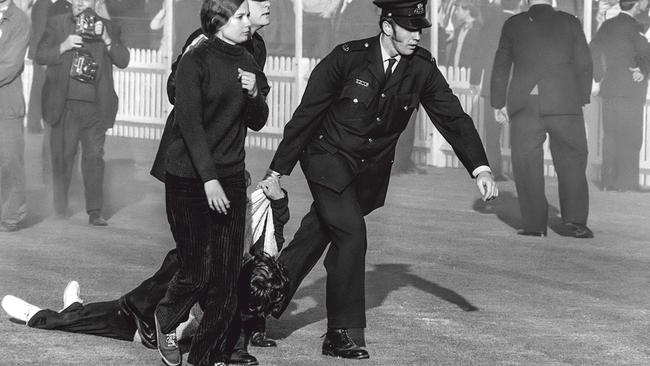
June 1971
Neville Bonner was the first Indigenous member of any Australian parliament, appointed to the Senate on June 11, 1971 to fill a casual vacancy for the Liberal Party. He represented Queensland in the Senate until 1983.
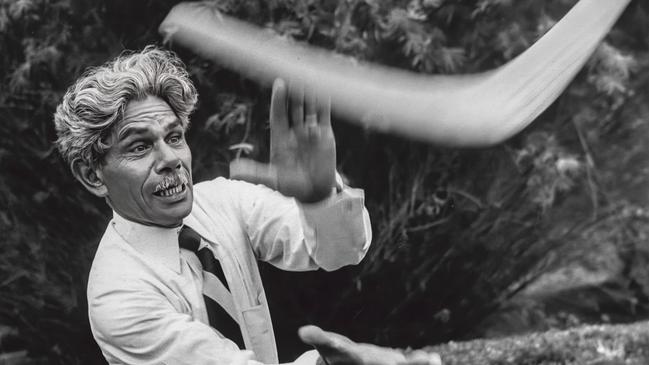
December 1974
Lyn Cox returns from holidays in Perth to find his Darwin home and suburb wrecked by category 4 Cyclone Tracy, which struck on Christmas Day, killing 71. Picture: Bruce Howard
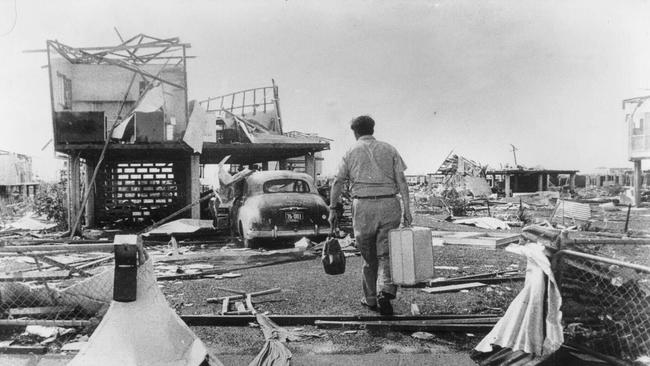
January 1974
Mates give a hand to try to move a car in waist-deep water on Margaret Street, Brisbane, during the 1974 floods, which became the high-water mark for floods in NSW and Queensland. Picture: Geoff McLachlan
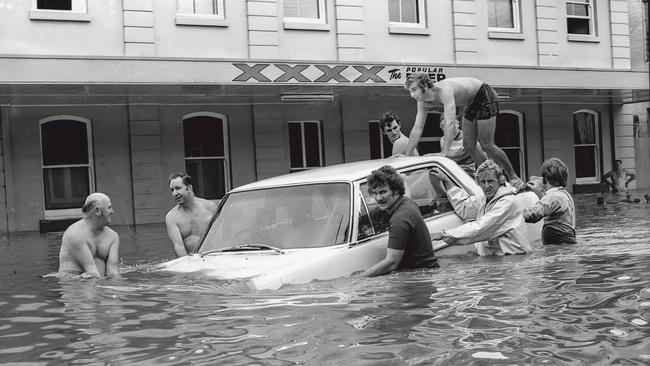
July 1971
Evonne Goolagong, right, and Margaret Court, left, pictured prior to the pair competing against America in a women’s doubles match at Wimbledon. A day later Goolagong would defeat Court in straight sets to claim the championship. Picture: UPI



To join the conversation, please log in. Don't have an account? Register
Join the conversation, you are commenting as Logout